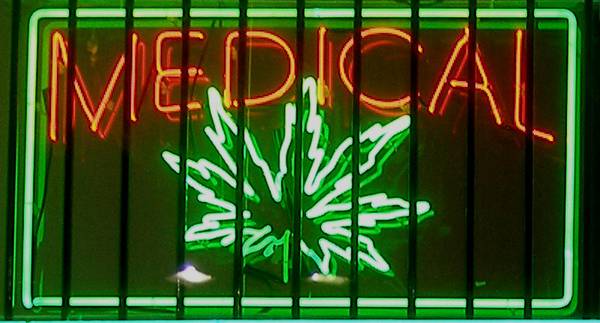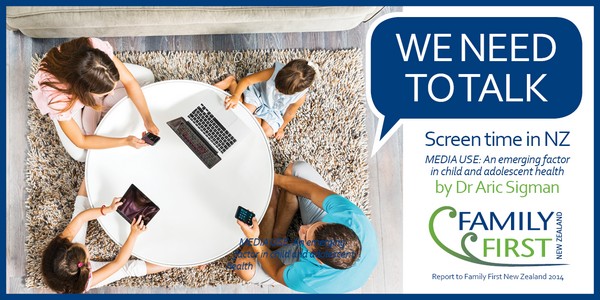Govt Must Be Cautious Of ‘Smokescreen’ Around Medicinal Marijuana
 Media Release 8 February 2017
Media Release 8 February 2017
Family First NZ says that the government must take a cautious approach based on extensive research and appropriate safeguards around medicinal marijuana, but also should be very concerned about the real agenda behind liberalising drug laws and the potential abuse of medicinal marijuana.
However, Family First is supporting further quality research into the components of the marijuana plant for delivery via non-smoked forms, and supports the establishment of an emergency program that allows seriously ill patients to obtain non-smoked components of marijuana approved and listed by the Ministry of Health.
“NZ’ers need to be aware of the smoke-screen of ‘medicinal marijuana’. The strategy of groups who want dope legalised is to promote medicinal marijuana which simply manipulates society’s compassion for people with serious pain and health concerns. But marijuana will then be diverted from medical programs to ‘recreational’ purposes,” says Bob McCoskrie, National Director of Family First NZ.
“We certainly don’t want to go down the Green Party’s road either. Their medicinal cannabis bill in 2009 – which was soundly defeated – allowed for teenagers to cultivate and smoke cannabis with parental permission, created dope ‘pimps’, and appointed police to be the ‘dealers’. It also deemed medicinal purposes to include depression and mental illness, eating disorders, and schizophrenia, despite research suggesting that marijuana actually exacerbates these conditions.”
Dr. Christian Thurstone, a psychiatrist and associate professor of psychiatry at the University of Colorado and medical director of one of that state’s largest adolescent substance-abuse-treatment programs, said: “In the absence of credible data, this debate is being dominated by bad science and misinformation from people interested in using medical marijuana as a step to legalisation for recreational use.”
In 1979, NORML said “We’ll use medical marijuana as red-herring to give marijuana a good name”. In 1996 when California approved medicinal marijuana, NORML said “marijuana has been de facto legalised under guise of medical marijuana”. But a US study found that the average ‘patient’ was a 32-year-old white male with a history of drug and alcohol abuse and no history of life threatening illness. A 2011 study that examined 1,655 applicants in California who sought a physician’s recommendation for medical marijuana found that very few had cancer, HIV/AIDS, glaucoma or multiple sclerosis.
“Scientists have used the marijuana plant’s primary active ingredient – THC – as a pill form for nausea and appetite stimulation. It may be that there can be the development of non-smoked rapid-onset cannabinoid delivery systems. But this should be decided on the basis of thorough clinical trials, as recommended by the US Institute of Medicine.[1] We support the NZ government’s caution around this issue, but we also support a compassionate response to those in real need,” says Mr McCoskrie.
As Project SAM (Smart Approaches to Marijuana) asserts, “Opium has medical value, and it is called morphine. Marijuana has medical value, too – but just as we don’t smoke opium to receive beneficial effects, we need not smoke marijuana to get its medical value.”
Family First has been calling for the following:
- the expansion of research into the components of the marijuana plant for delivery via non-smoked forms. (Supported by NZMA)
- the establishment of an emergency or research program that allows seriously ill patients to obtain non-smoked components of marijuana before final Ministry of Health approval.
- the Government instruct the Ministry of Health to update the prescribing guidelines for pharmaceutically based THC derivative medicines to include Sativex as a medicine under the Medicines Act 1981 and to continue to make pharmaceutically based THC derivative medicines available to treat serious medical conditions when traditional methods have failed.
A new report recently released by the National Academies of Sciences, Engineering, and Medicine found:
- There was conclusive or substantial evidence (the most definitive levels) that cannabis or cannabinoids, found in the marijuana plant, can be an effective treatment for chronic pain, which is “by far the most common” reason people request medical marijuana, according to the report. With similar certainty, they found cannabis can treat muscle spasms related to MS and can help prevent or treat nausea and vomiting associated with chemotherapy.
- There was limited evidence that smoking marijuana could have some anti-inflammatory activity.
- In terms of mental health, substantial evidence shows an increased risk for developing schizophrenia among frequent users, something that studies have shown is a particular concern for people at risk for schizophrenia in the first place. There was also moderate evidence that cannabis use was connected to a small increased risk for depression and an increased risk for social anxiety disorder.
- One of the most interesting and perhaps most important conclusions of the report is that far more research on cannabis is needed.
The committee behind the report, representing top universities around the country, considered more than 10,000 studies for their analysis, from which they were able to draw nearly 100 conclusions.
ENDS






